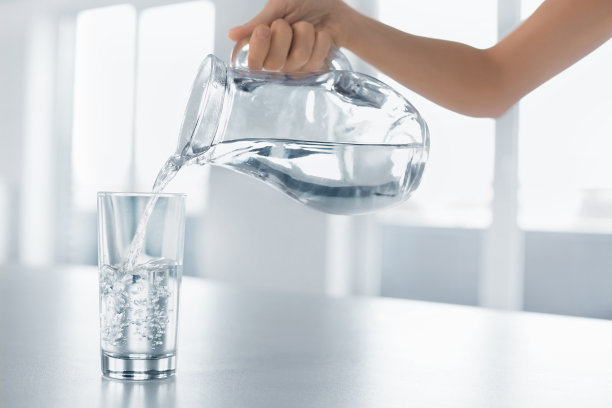Drinking water, also known as potable water, is water that is safe to drink or to use for food preparation. The amount of drinking water required varies.[1] It depends on physical activity, age, health issues, and environmental conditions.[1] Americans, on average, drink one litre of water a day and 95% drink less than three litres per day.[2] For those who work in a hot climate, up to 16 litres a day may be required.[1] Water is essential for life.[1]
Typically in developed countries, tap water meets drinking water quality standards, even though only a small proportion is actually consumed or used in food preparation. Other typical uses include washing, toilets, and irrigation. Greywater may also be used for toilets or irrigation. Its use for irrigation however may be associated with risks.[3] Water may also be unacceptable due to levels of toxins or suspended solids.
Globally, by 2015, 89% of people had access to water from a source that is suitable for drinking – called improved water source.[3] In Sub-Saharan Africa, access to potable water ranged from 40% to 80% of the population. Nearly 4.2 billion people worldwide had access to tap water, while another 2.4 billion had access to wells or public taps.[3] The World Health Organization considers access to safe drinking-water a basic human right.
About 1 to 2 billion people lack safe drinking water,[4] a problem that causes 30,000 deaths each week.[5] More people die from unsafe water than from war, U.N. Secretary-General Ban Ki-Moon said in 2010.[6]
Only 61 percent of people in Sub-Saharan Africa have improved drinking water.
According to the World Health Organization’s 2017 report, safe drinking-water is water that “does not represent any significant risk to health over a lifetime of consumption, including different sensitivities that may occur between life stages.”[7]:2
A ‘safely managed drinking water service” is “one located on premises, available when needed and free from contamination.” By 2015, 5.2 billion people representing 71% of the global population used safely managed drinking water service.[8]
The terms ‘improved water source’ and ‘unimproved water source’ were coined in 2002 as a drinking water monitoring tool by the JMP of UNICEF and WHO. The term, improved water source refers to “piped water on premises (piped household water connection located inside the user’s dwelling, plot or yard), and other improved drinking water sources (public taps or standpipes, tube wells or boreholes, protected dug wells, protected springs, and rainwater collection).”[9] Improved sources are also monitored based on whether water is available when needed (5.8 billion people), located on premises (5.4 billion), free from contamination (5.4 ), and “within 30 minutes’ round trip to collect water.'[8]:3 While improved water sources such as protected piped water are more likely to provide safe and adequate water as they may prevent contact with human excreta, for example, this is not always the case.[9]According to a 2014 study, approximately 25% of improved sources contained fecal contamination.[10]
The SDC basic drinking water service is one in which a “round trip to collect water takes 30 minutes or less.” Only Australia, New Zealand, North America and Europe have almost achieved universal basic drinking water services.[8]:3

